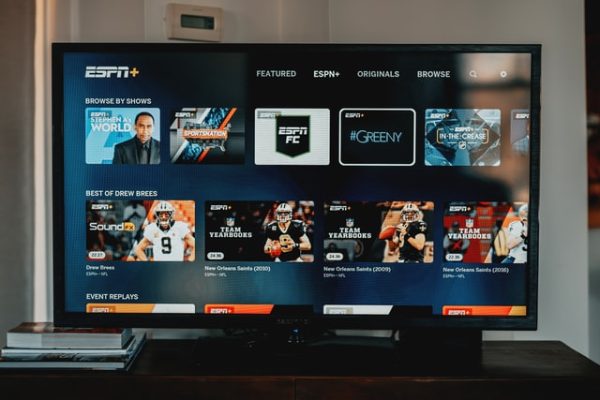With nearly every home now connected to the Internet, media companies are spoiled for choice in bringing video to content-hungry viewers. Instead of single-channel deals and limited regional distribution, broadcasters, studios and other rights holders can now reach the world via OTT (over-the-top).
Trends in premium video-on-demand
OTT’s main business models offer different ways to monetize video content, whether from advertising, subscriptions or individual transactions. However, to date, studios have been reluctant to distribute premium content on digital channels and there is a particular sensitivity to new theatrical distribution. Theater chains protect their traditional distribution windows, which give them exclusive rights to the first 6-12 weeks of a film’s release.
What is Premium Video-on-Demand?
The primary business models for monetizing OTT content are AVOD, SVOD and TVOD. ad-based video on demand either overlays or embeds ads in the content to generate revenue from advertisers. Meanwhile, services like Netflix, Disney+ or Amazon Prime Video offer subscription video-on-demand (SVOD) services that generate revenue from subscribers who pay a monthly or annual fee to access a dynamic library.
PVOD differs from TVOD in that it deals with the most valuable and in-demand video content: usually newly released movies. As a result, pricing can be higher to reflect the value of the content, and terms can be more stringent. In the case of “Journey to Troll World,” Amazon Prime charged £16 for 48 hours of access, with no option to purchase the film for unlimited viewing during the release window.
The concept – and controversy – of PVOD predates the ban. Because films typically earn 90 percent of their lifetime box office revenue in the first four weeks of release, studios have long pushed for shorter exclusive theatrical windows. Doing so will give distributors the opportunity to cash in on the film’s peak marketing and distribution period, earning more fees and maximizing returns on disc and digital sales.
How does PVOD work?
PVOD is an OTT media distribution model. When consumers purchase premium content under the PVOD model, that content is delivered on-demand over the Internet.
Viewers typically access PVOD-distributed content through their existing SVOD subscription (e.g. Xmediacloud, Netflix, or Amazon Prime Video), or preferred transactional video-on-demand (TVOD) platforms (e.g. iTunes, Google Play, or Vudu).
Manage PVOD media distribution with Xmediacloud
PVOD distribution gives content rights holders the added flexibility to monetize premium assets by responding to changing viewer viewing habits and leveraging lucrative direct-to-consumer distribution channels.
With our Xmediacloud platform, you can forecast revenue and validate existing models to find the best multi-channel distribution strategy for your next PVOD release.
